
FENNEL SAUERKRAUT
01/12/16 — Farm
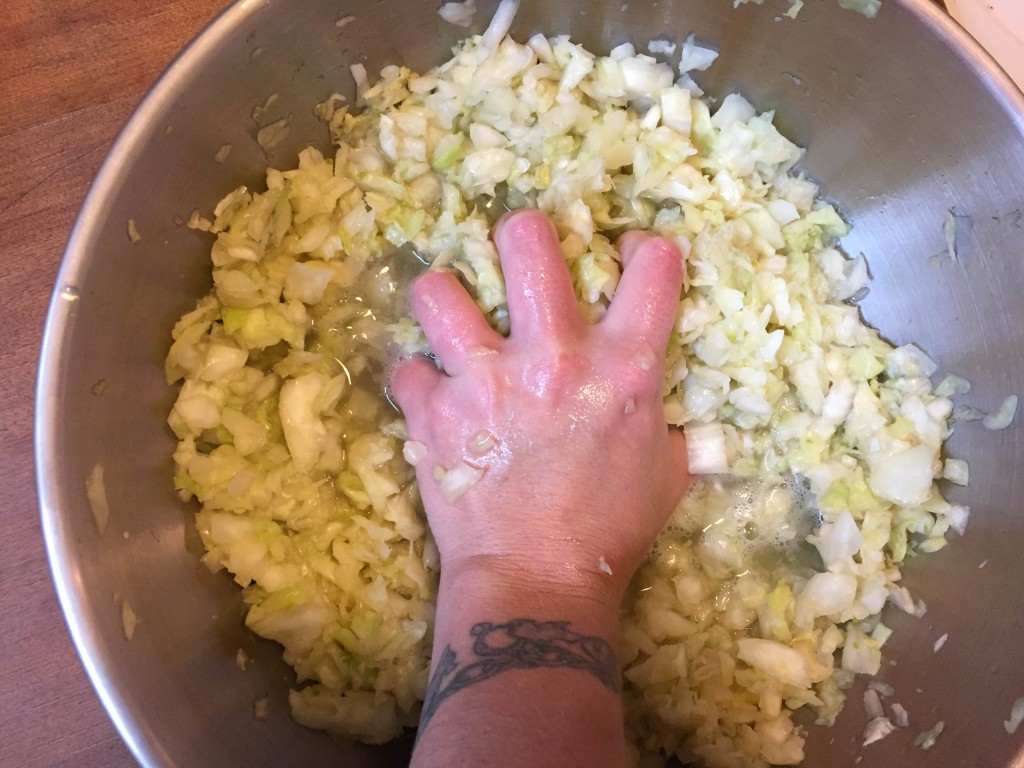
by Megan Winfrey
I've read that in cultures where fermented foods are eaten regularly, people are known to live longer lives. (link to credible article)
The lactic acid that is formed during the fermentation of cabbage is a known probiotic and wonderful for your digestive system, and has also been shown to prevent cancer. Now I know what you're thinking. Sauerkraut, gross. But let me ask you this. When was the last time you tried it?
If the answer is more than 10 years ago, you need to give it another shot. I am a firm believer in re-trying your most hated foods every decade or so. In my experience, when someone says they don't like something, it's because they haven't had it in forever or it wasn't prepared correctly. If you give this recipe a shot, not only will you love it, but you will feel extremely accomplished for having made it (even though it's really simple!)
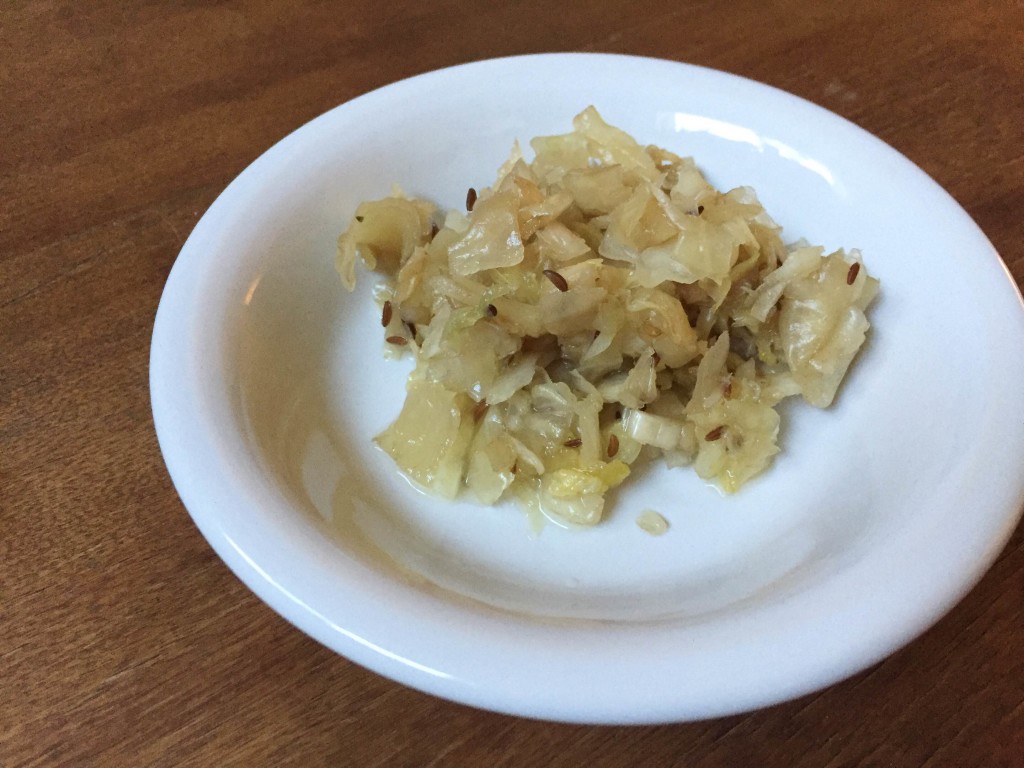
Sauerkraut with Fennel
- 2 heads of cabbage, shredded
- 2 fennel bulbs, thinly sliced
- 3 tbs. caraway seeds
- 3 tbs. kosher or pickling salt
- 1 large glass pitcher or mason jar
- 1 large mixing bowl
- 1 rubberband
- 1 clean dish towel
- 1 clean, small glass
- 4-5 clean rocks or marbles
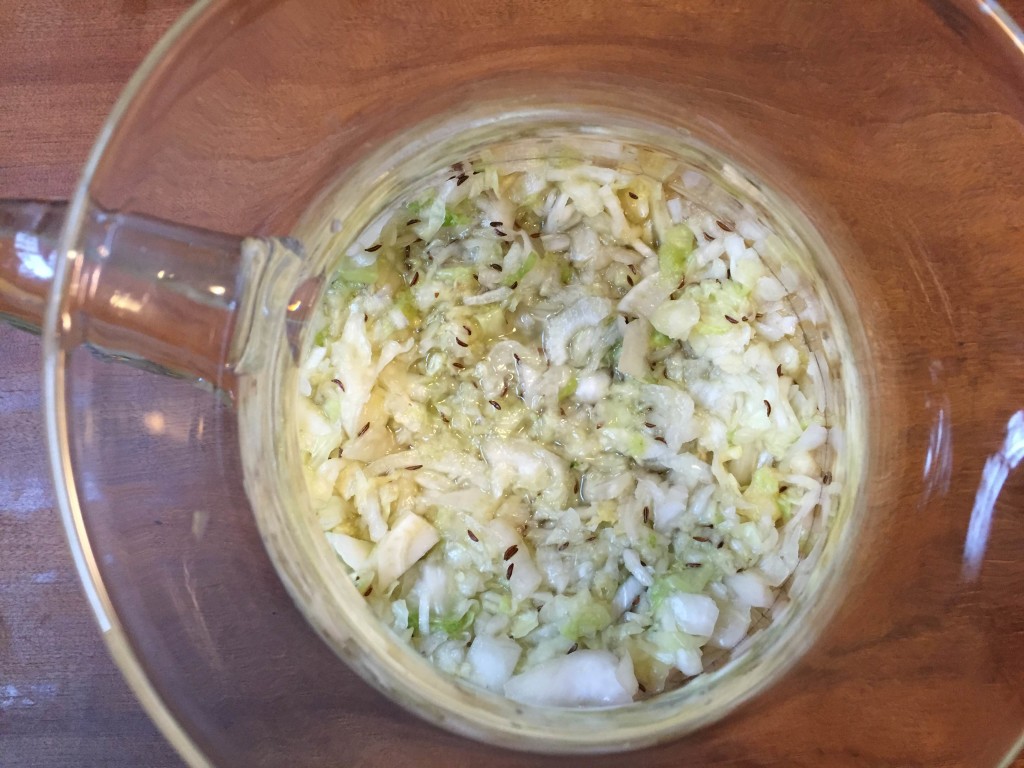
Once everything is clean, put all of the shredded cabbage into a large bowl. Add the salt and begin massaging the cabbage with your hands. Do this for about 10 minutes, or until the cabbage is wilted and resembles coleslaw, and there is about a cup of juice in the bottom of the bowl. Mix in the fennel and caraway seeds. and transfer everything into the glass pitcher, packing the mixture down with your fist as you go. There should be enough liquid to cover or almost cover all of the cabbage in the pitcher. If not, add enough water just to cover.
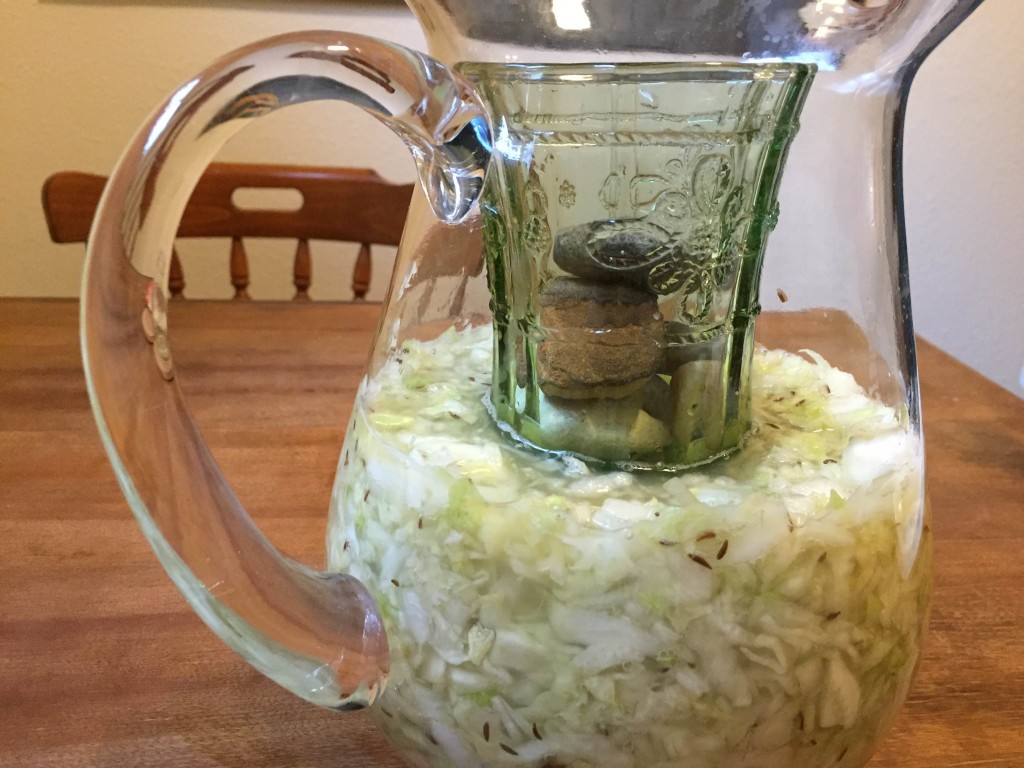
The cabbage will have to be weighed down so that it stays submerged in the liquid. Put the clean rocks or marbles into the small glass (made of glass) and lower that down into the pitcher on top of the cabbage and press down. Cover the mouth of the pitcher with the clean dish towel, and secure with a rubber band. This will keep oxygen out of the fermentation process. Store the pitcher in a cool, dark place like a closet or pantry for at least 5 days, or up to 10 depending on how "sour" you like it. Start tasting on day 5, and either begin using it or let it ferment until it is to your liking.
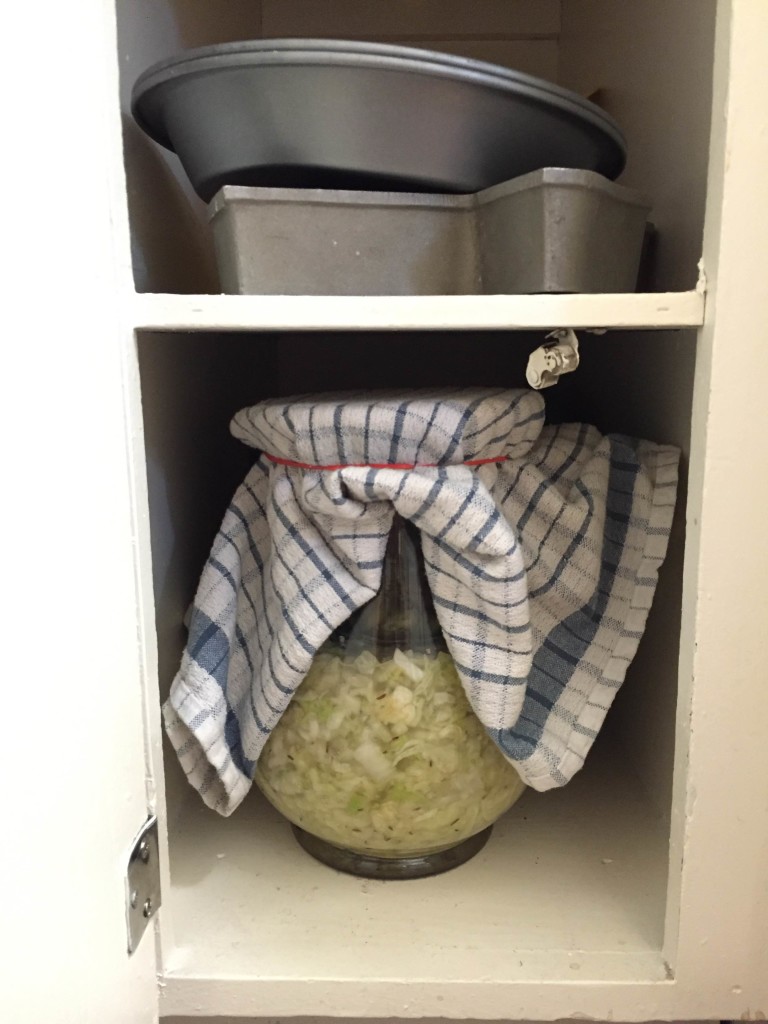 The sauerkraut will keep in the refrigerator for 2 months, or longer if you separate it out into smaller containers. As long as it looks and smells good, it's okay to eat. You can also can it in jars for an indefinite shelf life.
The sauerkraut will keep in the refrigerator for 2 months, or longer if you separate it out into smaller containers. As long as it looks and smells good, it's okay to eat. You can also can it in jars for an indefinite shelf life.
My favorite way to eat sauerkraut is on top of a grilled bratwurst with lots of German mustard and a crusty bun, but there are lots and lots of ways to enjoy it. Here's a link to a few great recipes!






 0 ITEMS IN CART
0 ITEMS IN CART 

